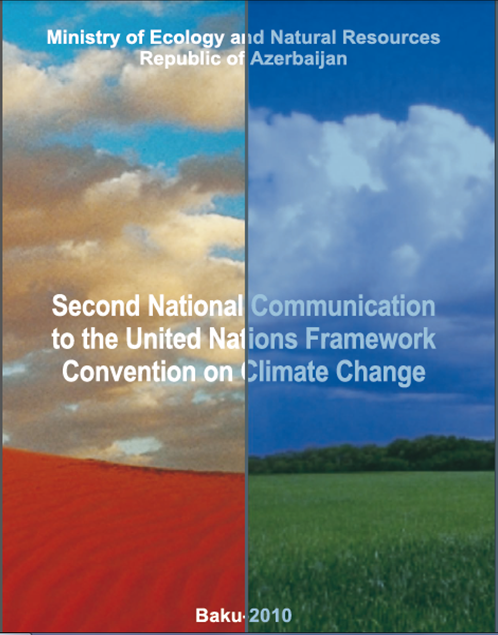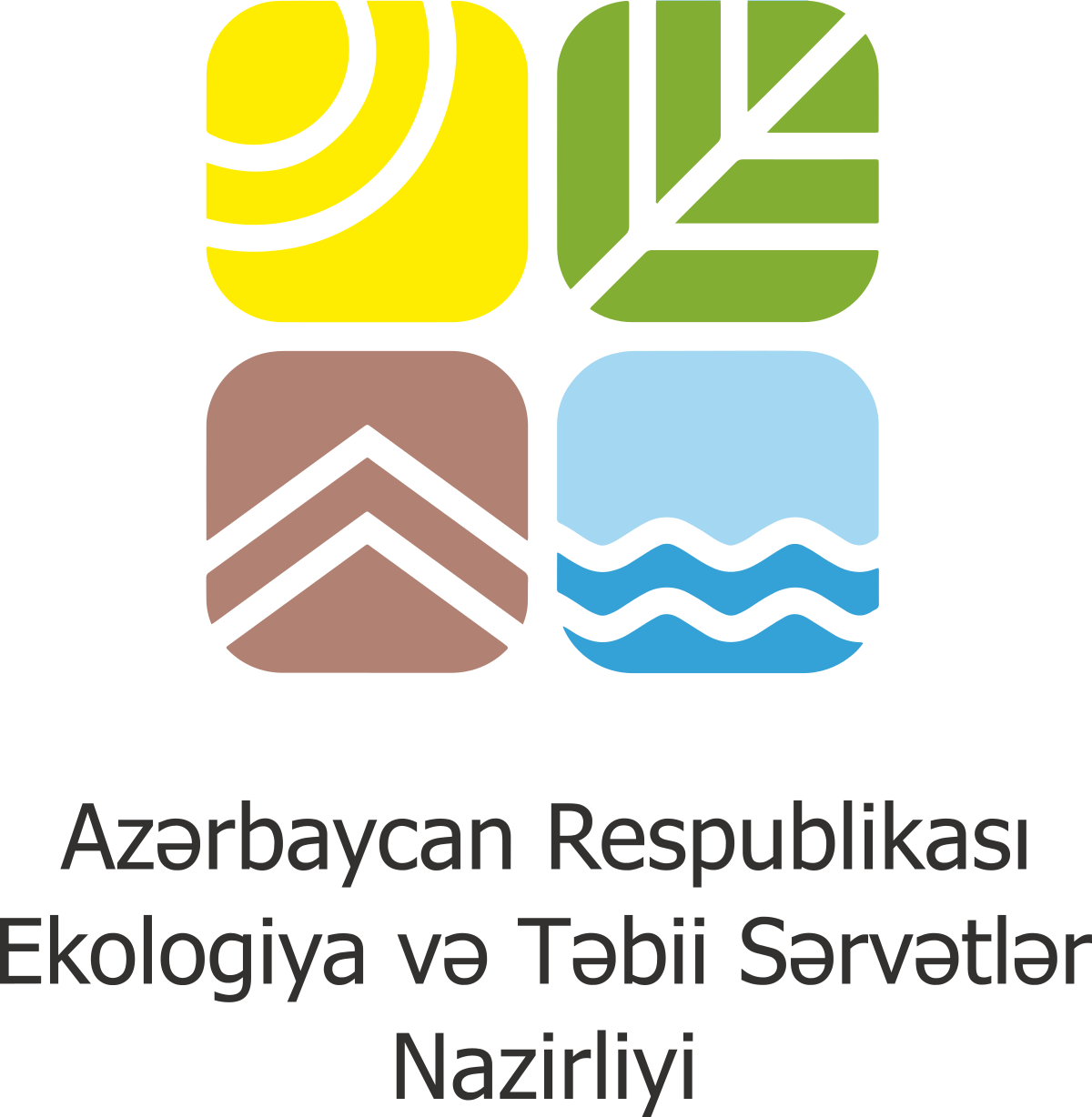Azerbaijan's Second National Communication
Project Overview
The creation of a National Communication offers countries the opportunity to contribute with technically sound studies and information that can be used for designing mitigation and adaptation measures, and project proposals that can and will help increase their resilience to the impacts of climate change. Activities generally include: V&A assessments, Greenhouse Gas Inventory preparation, Mitigation Analysis or Education, and awareness raising activities.The ultimate goal is the integration of climate change considerations into relevant social, economic and environmental policies and actions.
Key vulnarabilities identified in Azerbaijan's Second National Communication (2010):
- Coastal Zones and Marine Ecosystems
- Water Resources
- Agriculture and Food Security
- Public Health
Project Details
Potential adaptation measures identified in Azerbaijan's Second National Communication (2010):
Water resources
- Reducing water leakages in water management facilities;
- Introduction of additional sources of water;
- Use of hydrologic cycle water, including groundwater;
- Regulation of flows;
- Taking protective engineering measures in stream beds of lakes and rivers against floods
Agriculture
- Continued work on selection and introduction of drought resistant and highly productive winter wheat varieties;
- Continued work on selection and introduction of heat-loving, drought resistant and highly productive cotton varieties;
- Restoration of conventional vineyards and expansion of their area by planting new vineyards on mountain terraces;
- Restoration of conventional tea plantation lands and creation of new plantations on favorable lands;
- Continuation and expansion of measures to prevent soil erosion and salinity, and of drought response;
- Application of water-saving technologies in irrigated lands
Climate change impact on coastal areas
- No further construction shall be allowed in the coastal zone, and existing operations shall be brought to the minimum possible scale. Construction of complex and expensive protective structures is only justifiable for existing facilities of national importance.
- To the greatest extent possible, industrial, recreational and other facilities including human settlements shall be relocated to secure areas.
- Construction of protective installations shall ensure local or total coverage of the area.
- Economically more feasible option is to construct local protective installments for the settlements
Human health
- Enhancement of the emergency response capabilities of health service systems;
- Taking account of the existing heat island effects and upcoming climate change in urban planning;
- Greening the cities in a more rapid way and planting vegetation in large areas around the cities;
- Installation of air conditioning systems in buildings and vehicles;
- Compliance with construction standards related to the environment;
- Enhancement of the extreme hot weather warning system;
- Education of the public on proper behavior during hot weather
Key Results and Outputs
- Sustainable development and the integration of climate change concerns into medium- and long-term planning
- Inventories of anthropogenic emissions by sources and removals by sinks of greenhouse gases
- Measures contributing to addressing climate change
- Research and systematic observation
- Climate change impacts, adaptation measures and response strategies
- Education, training and public awareness
Reports and Publications
Assessments and Background Documents
Monitoring and Evaluation
In 1992, countries joined an international treaty, the United Nations Framework Convention on Climate Change, to cooperatively consider what they could do to limit average global temperature increases and the resulting climate change, and to cope with whatever impacts were, by then, inevitable.
Parties to the Convention must submit national reports on implementation of the Convention to the Conference of the Parties (COP). The required contents of national communications and the timetable for their submission are different for Annex I and non-Annex I Parties. This is in accordance with the principle of "common but differentiated responsibilities" enshrined in the Convention.
The core elements of the national communications for both Annex I and non-Annex I Parties are information on emissions and removals of greenhouse gases (GHGs) and details of the activities a Party has undertaken to implement the Convention. National communications usually contain information on national circumstances, vulnerability assessment, financial resources and transfer of technology, and education, training and public awareness.
Since 1994, governments have invested significant time and resources in the preparation, collection and validation of data on GHG emissions, and the COP has made determined efforts to improve the quality and consistency of the data, which are ensured by established guidelines for reporting. Non-Annex I Parties receive financial and technical assistance in preparing their national communications, facilitated by the UNFCCC secretariat.




